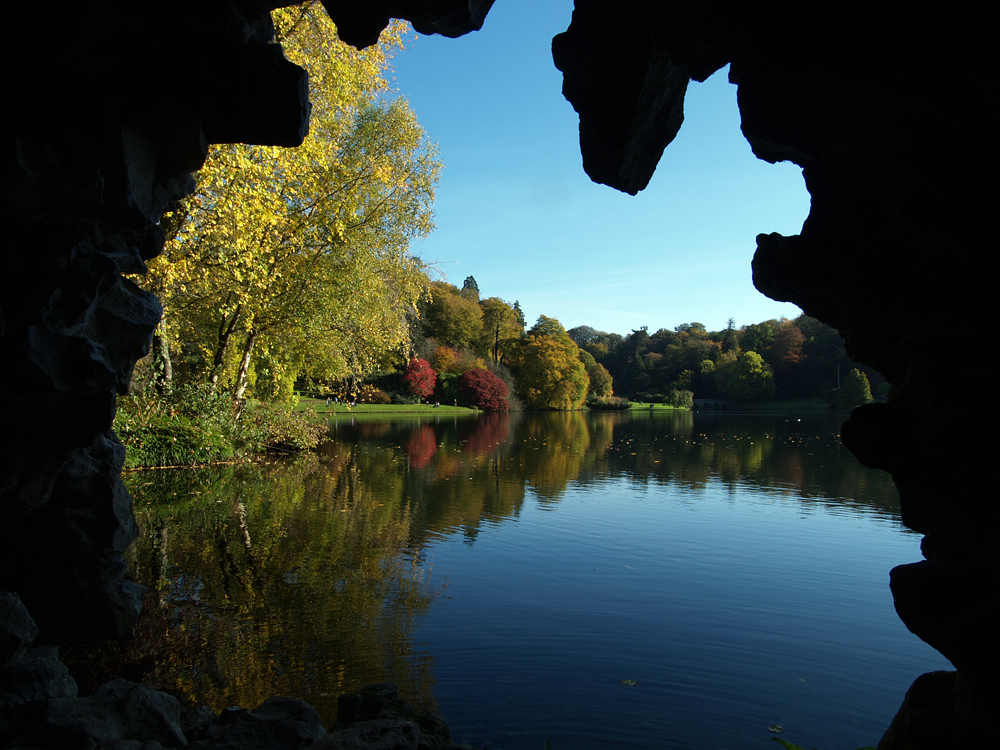The very pleasant early autumn day on Tuesday brought us variable sunshine with reduced amounts during the afternoon as cloud built up. This was shown in the maximum of 19.7C being recorded in the early afternoon at 13.48 being 0.7C above average. A minimum 12.9C was logged at 07.13 early Wednesday, a mild night, which was 4.2C above average.
The first rain overnight triggered the automatic rain gauge at 00.20 and again at 00.30 after midnight with a longer spell beginning at 03.30 that in total produced 2.2mm of rainfall. The bulk of the rainfall fell just to the east of our area, over Hungerford and towards London, starting just before dawn. This was due to two warm fronts crossing our area.
Wednesday arrived with 8/8th cloud cover although there were weaker patches that after sunrise allowed brief lighter periods but no sunshine. Two further warm fronts will cross southern England later this morning that could produce a greater quantity of rainfall. The recent high pressure is now well to the east, over Russia, thus the depression has moved in to dominate our weather with the barometric pressure having fallen a significant 13mb since yesterday with a reading of 1003.1mb at 08.00, the lowest for a week.
The depression will be lurking between Northern Ireland and Iceland for the next few days so showery weather will be the order of the day until the weekend with limited sunshine. There are indications that another depression will then arrive from the Atlantic.
I was under time pressure yesterday to write the review and forgot to complete the data sheet and also the continuation of a report on the new weather satellites. The MetOp-SG-A1 satellite is designed to keep high-quality weather data flowing for decades while also improving how detailed and reliable that data is. The new satellites circle the Earth from pole to pole, scanning the entire planet in strips. That solar orbit gives them a global view, and includes remote areas where weather observations are hard to get.
Stourhead autumnal images: The lake is artificially created. Following a path around the lake is meant to evoke a journey similar to that of Aeneas’s descent into the underworld.




